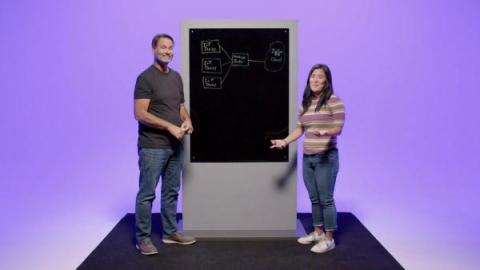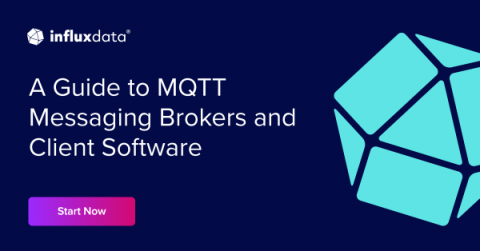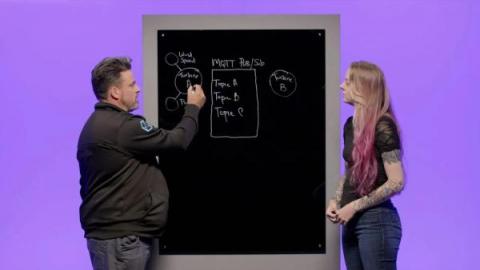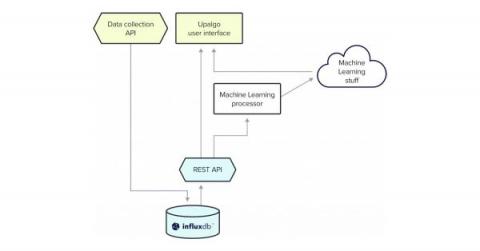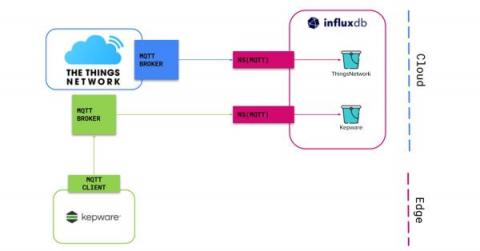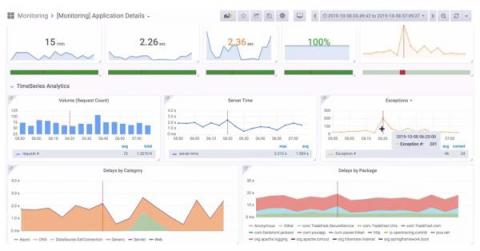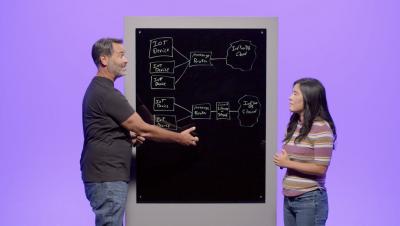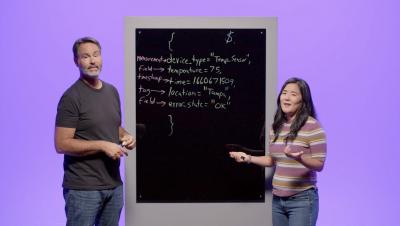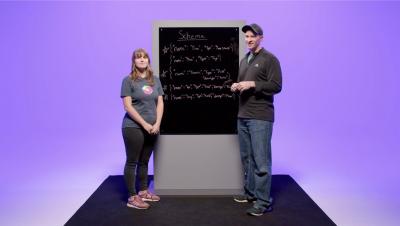Making the Most of MQTT - Native Collector or Telegraf?
When it comes to IoT data, MQTT is a superstar. With so many IoT devices generating data out in the world, developers need ways to access it. After all, data lies at the heart of every application. But data doesn’t just magically manifest itself into your datastore, and building the right data pipeline can make or break an application. Data collection is not a one-size-fits-all problem to solve.


